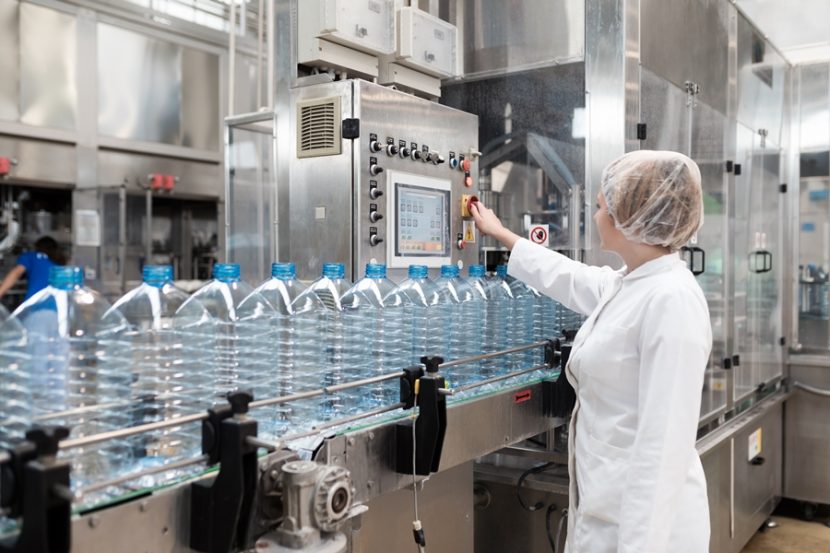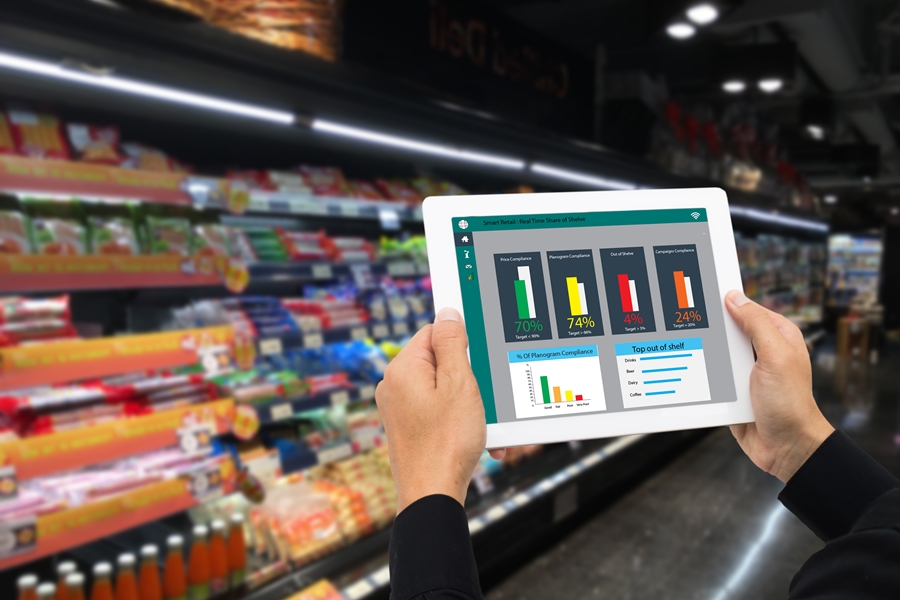Is it Time to Upgrade Your Detection Equipment? Here’s How to Tell
By Kathryn Bors
Technology is evolving quickly and food safety regulations are growing more strict. To keep up with the ever-changing environment, food safety professionals must rely on their inspection and detection equipment. And, with this in mind, it pays to ask two key questions:
- Is your equipment doing the best detecting it can do? And
- Are you confident your operators know how to use the machine to its full capacity?
Metal detectors and X-ray machines are very durable, withstanding wash-downs and constant use. However, while they may appear to be holding up well on the outside, the inside technology and software may be lagging. If you are having machine operator errors, if your physical contaminant detection levels are not being met, or if you are constantly introducing new products or packaging, it may be time to look at your upgrade and replacement options.
Food Safety Inspection Equipment
Upgrading your equipment can deliver a big advantage in the area of training. High turnover rates among line operators means training new operators on your production line equipment can be time consuming, and it adds extra costs to your operation. Innovative inspection technology has made training simpler than ever. With colour touchscreens and icon-driven menus, navigating the operation of inspection equipment has become very user-friendly. The latest touchscreen technology will not only reduce time spent on training, but also reduce operator error during normal runtime.
Upgrading your equipment can deliver a big advantage in the area of training
Fortunately, a full equipment replacement is not always necessary to gain the advantage of a touchscreen. Depending on the age and model of your metal detector it might be possible to simply upgrade your screen. This can reduce time spent training operators on equipment, allow your operators to have an easier time operating the machines during production and it will not necessarily have a significant impact on your budget. A full replacement of your inspection equipment will have a larger impact on the budget, but sometimes it is necessary to meet the increasing demands of your inspection capabilities.
As new inspection technology advances year over year, food companies are becoming able to detect smaller and smaller physical contaminants. If your equipment is more than eight years old, your detection levels may not be as good as they can be. This means that more contaminants could be getting out to your consumers, increasing the chance of a costly product recall. To achieve better detection levels, a full machine replacement may be necessary.
Product and Packaging Inspection
As technology advances over time, so do the products you produce and the packaging you use. New products are introduced every year, but did you know that these changes can affect the capabilities of your inspection equipment? New product sizes, shapes and packaging need to be recognized and your inspection equipment may need to be adapted. Newer inspection equipment is better able to adapt to product and packaging changes.
From a food safety perspective, it is essential to ensure inspection equipment is properly working and up to date so that any physical contaminants will be detected. Getting to the root cause of your issues and pain points, as well as determining the financial investment you are willing to put towards your inspection equipment, will help determine when to implement the change for an upgrade or replacement option which is most suitable for your company’s needs.
About the Author
Kathryn Bors is the North America Brand Manager for Loma Systems® and is responsible for monitoring inspection market trends and ensuring Loma® is positioned as an educational resource for the industry. Loma designs, manufactures and supports inspection equipment used to identify contaminants and product defects within the food, packaging and pharmaceutical industries, principally offering Metal Detectors, Checkweighers and X-Ray Inspection systems.

-
 FeaturedRisk management
The Cost of a Breach: What a Cyberattack Could Mean for Food Safety Recalls
FeaturedRisk management
The Cost of a Breach: What a Cyberattack Could Mean for Food Safety Recalls
-
 FeaturedRisk management
Securing the Food Chain: How ISO/IEC 27001 Strengthens Cybersecurity
FeaturedRisk management
Securing the Food Chain: How ISO/IEC 27001 Strengthens Cybersecurity
-
 FeaturedRisk management
Revolutionizing Food Safety Training: Breaking Out of the “Check-the-Box” Mentality
FeaturedRisk management
Revolutionizing Food Safety Training: Breaking Out of the “Check-the-Box” Mentality
-
 GFSI Standards
GFSI 2025: Building Trust, Tech-Forward Solutions, and Global Unity in Food Safety
GFSI Standards
GFSI 2025: Building Trust, Tech-Forward Solutions, and Global Unity in Food Safety
-
 FeaturedFood Safety
Integrated Pest Management: Strategies to Protect Your Brand’s Reputation
FeaturedFood Safety
Integrated Pest Management: Strategies to Protect Your Brand’s Reputation
-
 FeaturedFood Safety Culture & Training
No Open Door Policy: Challenges That Impact Pest Control in Food Processing Plants
FeaturedFood Safety Culture & Training
No Open Door Policy: Challenges That Impact Pest Control in Food Processing Plants




